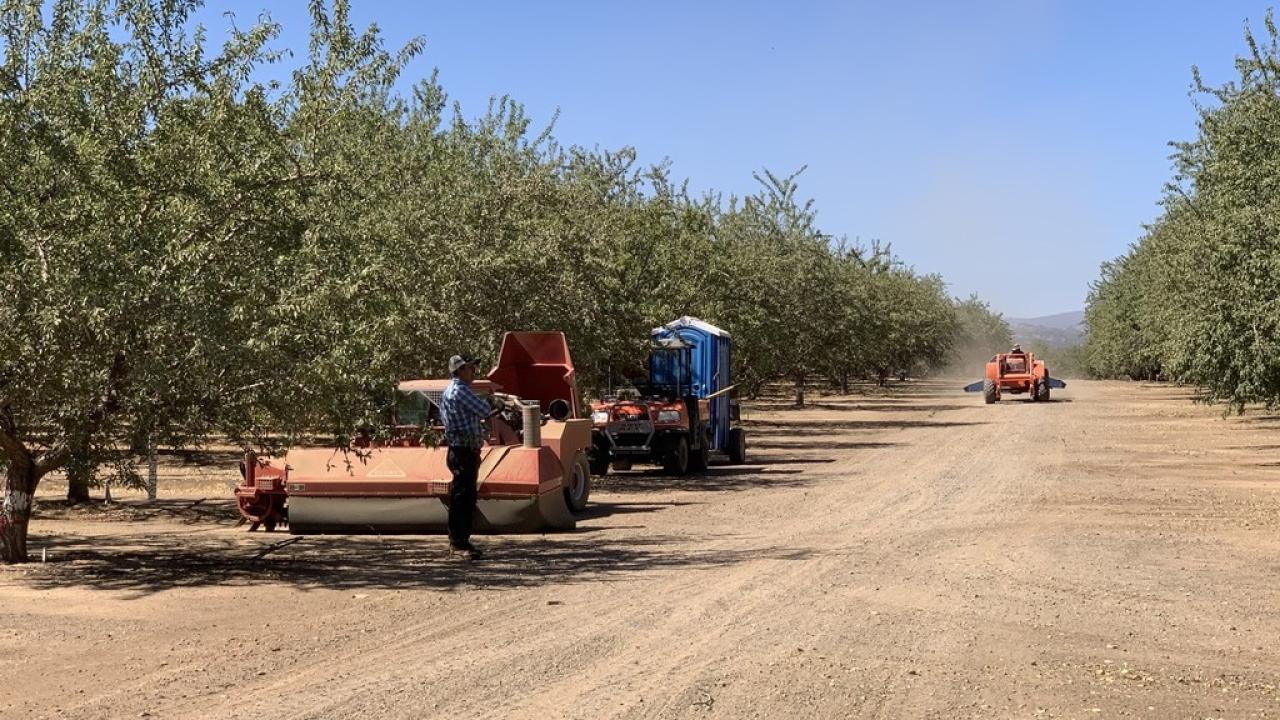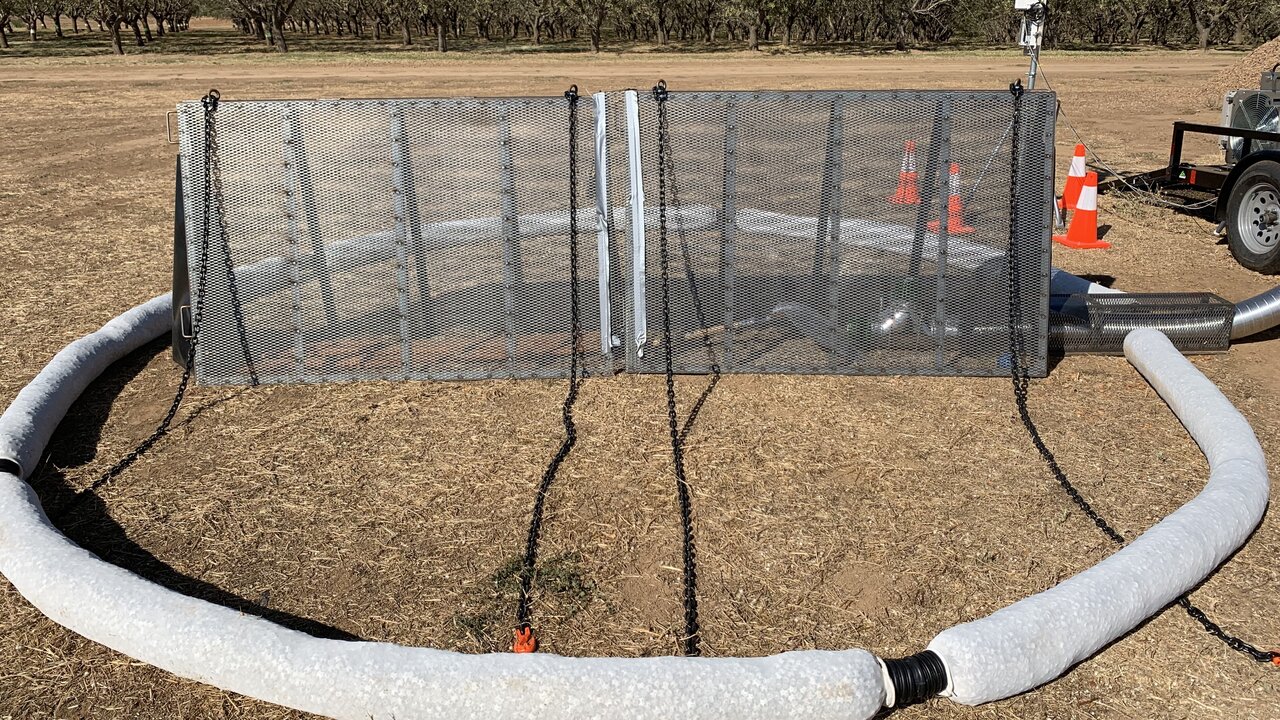
Between farm and fork
Though many restaurants and markets pride themselves on serving “farm to fork” food, what happens between those steps is one of the most important part of the food production process. With improper handling and storage, food can start to rot or grow mold, which makes it unusable and unsafe for consumers.
Postharvest engineers like biological and agricultural engineering assistant cooperative extension specialist Irwin Donis-González and his lab study this process, designing new techniques to ensure that fresh produce arrives at dinner tables as freshly, safely and efficiently as possible.
“We’re developing techniques that are going to make agriculture production more sustainable and hopefully so we can have available food for all of us who need it,” he said.
Solving agriculture’s biggest problems

Donis-González was a traditional agricultural engineer until he took a seminar on postharvest engineering while earning his B.S. at Del Valle University in Guatemala. He saw postharvest loss as a global problem he could help solve.
“The postharvest stage is where we lose a majority of the produce we harvest due to spoilage and other issues,” he said. “Depending on the product, between 25 and 50 percent of the harvest can be lost if you do not have the right techniques to preserve and store products.”
As an extension specialist, Donis-González is a direct link between UC Davis and industry. His work addresses specific postharvest problems that California farmers face to improve crop quality and energy efficiency and make food production more economically and environmentally sustainable.
Cooling, drying and storing crops is one of the most important steps in the food supply chain and therefore the focus of the lab’s work. Over the years, his team has worked with fruits such as peaches, nectarines, table grapes, sweet cherries and tomatoes, tree nuts like almonds, walnuts and pistachios, as well as coffee and corn on storage, handling and quality assurance solutions.
“For all of my projects, it’s important to be able to apply these techniques in the field to address a problem that our stakeholders have,” he said.
Keeping produce fresh
Drying harvests is the biggest postharvest issue for California’s tree nut farmers and therefore the area his team focuses on the most. One project involves drying walnuts in shifts, or regiments. The theory is that drying smaller portions of a stockpile at different times will not only dry the nuts more evenly, but also require less energy.
They are also developing an in-field aeration system to quickly dry almonds stockpiles using a combination of warm air from fans and heat from the sun. This is not only faster than purely sun drying, but also prevents dust from accumulating.
“We’re developing the first techniques to be able to dry them in the field,” he said. “These inexpensive mobile units directly force air through stockpiles of almonds and therefore increase the drying rate.”

Keeping the entire stockpile at the same moisture level is key to making sure mold doesn’t grow. An important part of this is non-invasively reading the crop’s humidity level to make sure it isn’t getting to damp. To do this, the team is building a mobile app for farmers to get more precise readings from the DryCard, a UC Davis invention that changes color based on the humidity of a sample.
Quality assurance, or making sure produce tastes like consumers expect it to, is the other component of the lab’s work. One of their recent studies tested commercially-available spectrometers to see how effectively they can quickly measure the sugar content of table grapes and peaches in the field. That way, farmers can pick the fruits at just the right time.
“Even though there are already some techniques to dry certain crops, we are constantly working to improve them,” he said. “The objective is to reduce energy consumption, which will benefit whoever’s applying these techniques both because they can save energy and money.”
Thinking globally
Though the lab works most directly with California farmers, they try to think beyond that. As part of their work with the UC Davis Coffee Center, they have international collaborators in Central and South America, including Guatemala, Nicaragua, Costa Rica, Honduras, Colombia and Brazil with coffee farmers and processors. Together, they are developing techniques to enhance coffee drying and processing while increasing quality and reducing waste and loss.
The lab also thinks internationally due to the makeup of its members. Donis-González is from Guatemala and he currently has students from Mexico, Spain, France, Uganda, India and Ghana, as well as the U.S. With them, they bring diverse perspectives on both how to solve problems and the challenges farmers face in many different countries. They know that while the solutions they develop at UC Davis are for California, the concepts, techniques and technologies can be applied all over the world.
“Through our program, we can offer specific solutions that are applicable for agriculture anywhere in the world,” said Donis-González.
